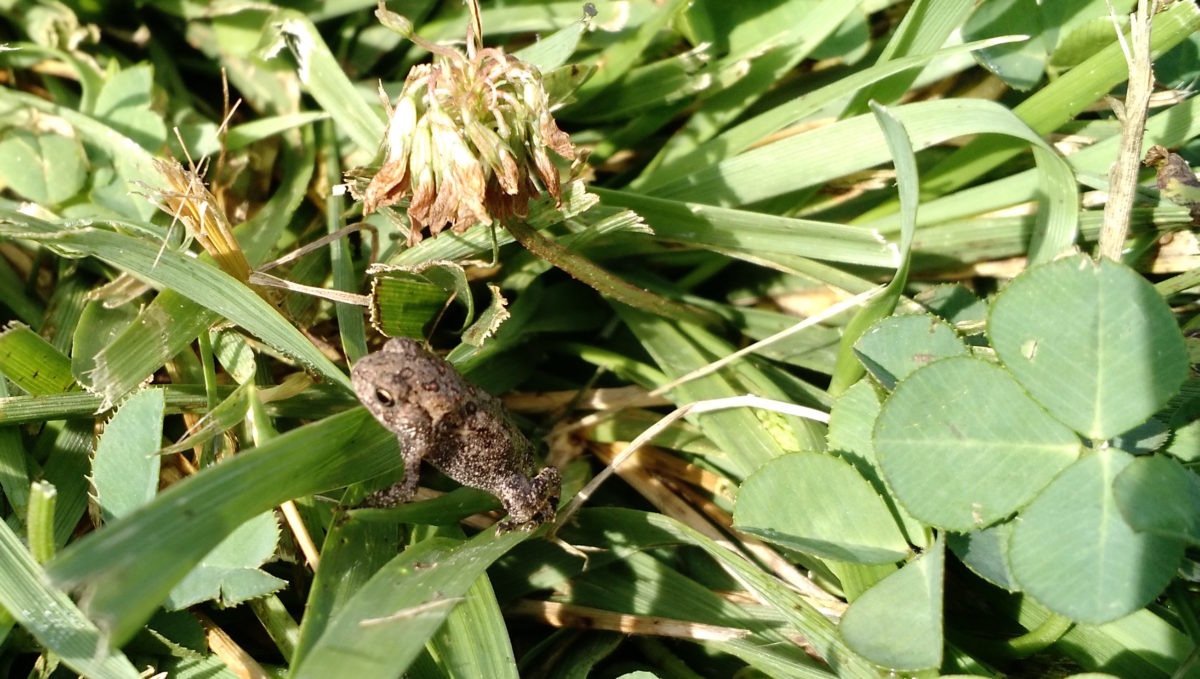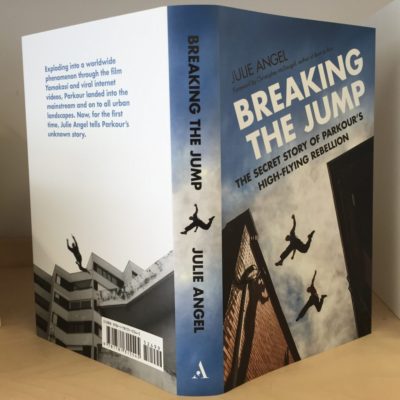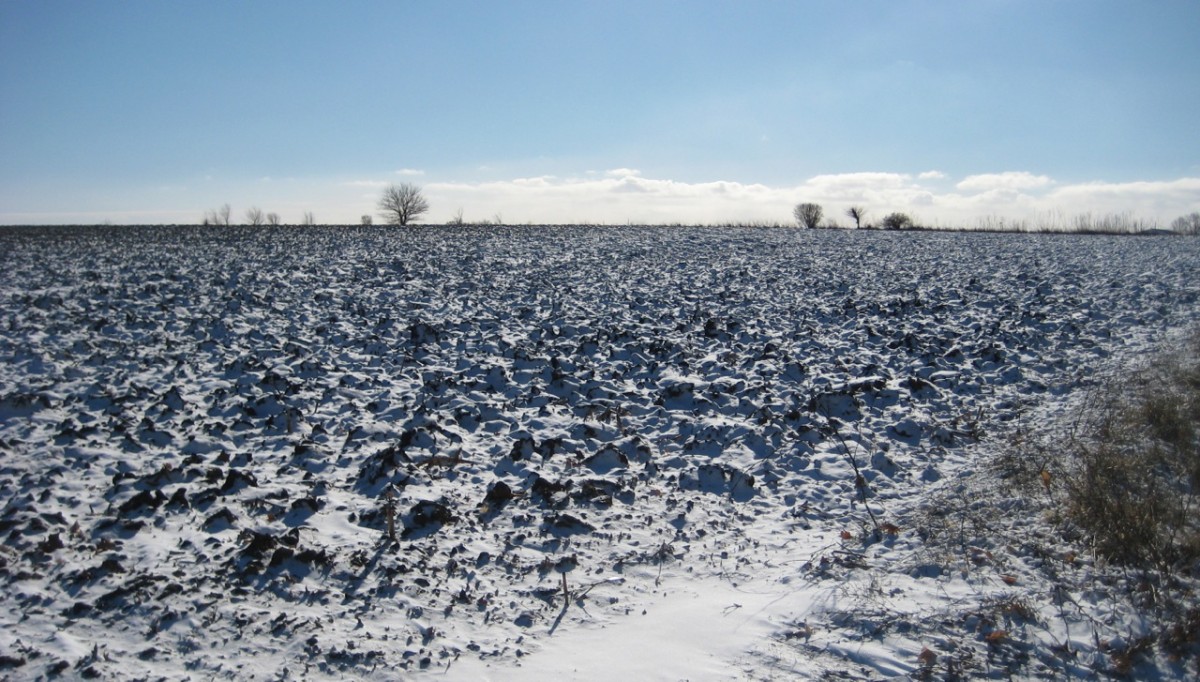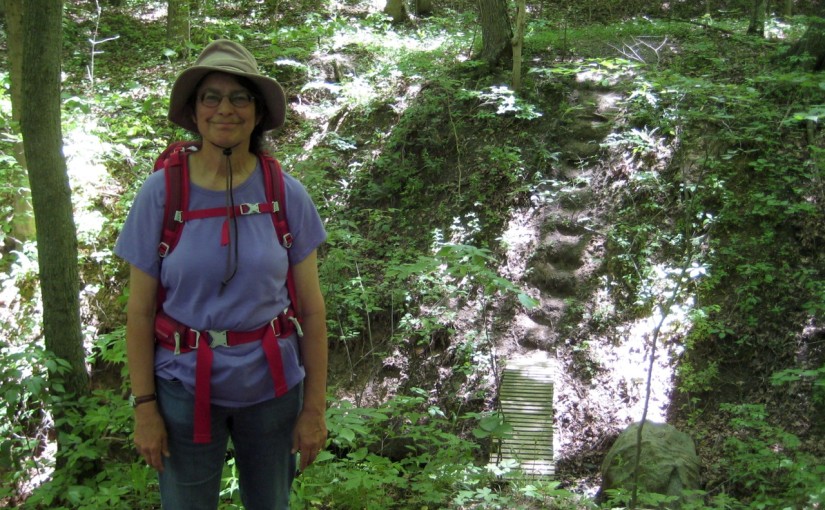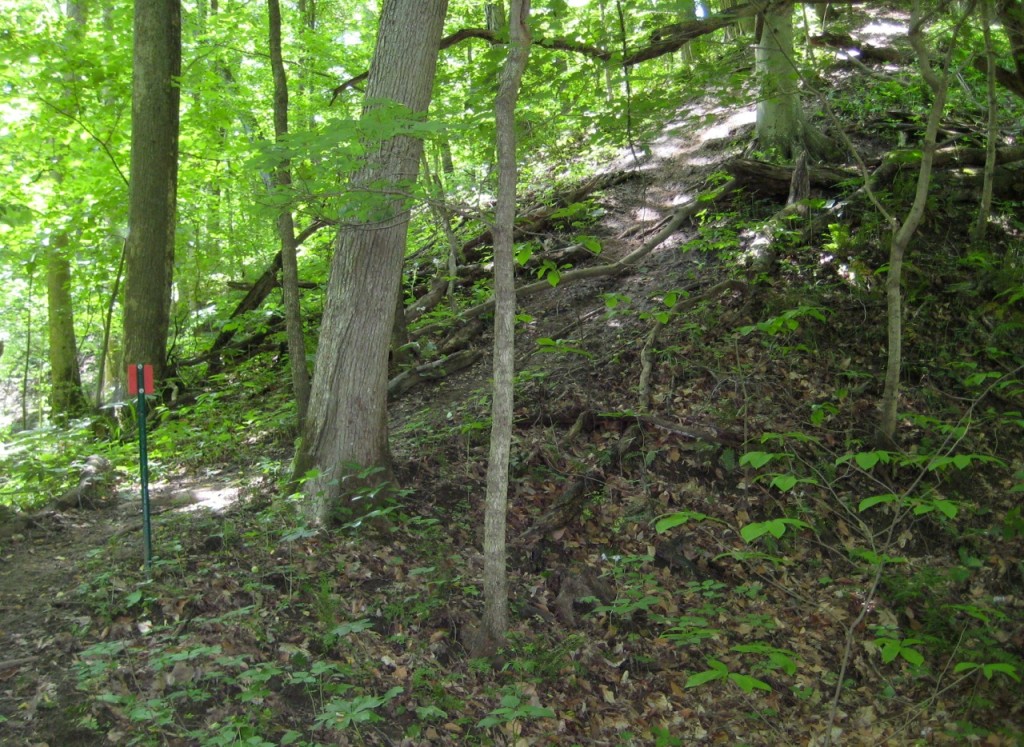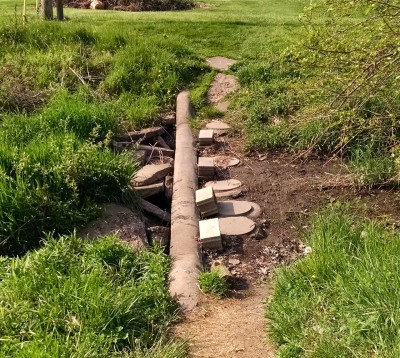A year or more ago, I came upon a pretty good article (linked at the bottom of this post) with some good, basic exercises intended to provide a base for parkour training. I’d had it in my head to do those exercises last winter and be ready to do some serious parkour training in the spring. I even did some. Then spring came, and I realized that I hadn’t done them consistently enough to have done myself much good. I felt like I’d wasted the winter.
I ended up not pursuing parkour the way I’d planned, mainly because I didn’t want to risk even minor injuries during the run-up to our big Kal-Haven Trail walk, but also because I really didn’t have the base to train seriously.
I want to avoid that this year, so I thought I’d sketch out a plan for building my base for parkour—and as long as I was doing that, I figured I might as well document it here for easy reference.
To help me focus, I’m holding the list to just four things (on top of my usual walking, running, taiji, etc.).
Squatting
My goal here is to get to where I can do a full, deep squat, and then hang out comfortably in that position. I can get down into a deep squat, but to do so I have to curl forward and stretch my arms forward, to get my center of balance over my feet and not topple over backwards. I’m pretty sure this is due to flexibility issues, rather than strength issues.
I came across a pretty good page on diagnosing and addressing squat flexibility issues, which would have me believe that tight calf muscles and tight hip-flexor muscles are likely culprits.
I’m already doing calf stretches, both straight-knee and bent-knee. I’ll try and be a bit more consistent about that.
The suggested exercise for hip flexors is a crescent lunge, which looks pretty good. Based on other stuff I’ve read, I suspect that I also want to work on releasing my psoas, so I’ll include that as well.
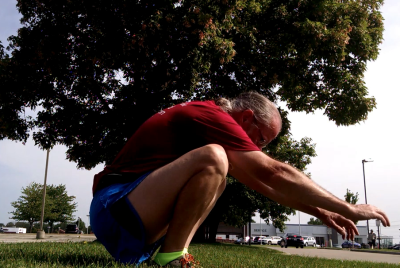 In addition to all this prep work, I’ll also spend some time squatting with some sort of support or another. I know three ways to do this. First, elevate the heels, so that calf tightness doesn’t limit the squat. Second, just hang onto something (like a door frame or a tree trunk) so that I can avoid toppling backwards. Third, do goblet squats, where the weight of the dumbbell works to shift my center of gravity forward.
In addition to all this prep work, I’ll also spend some time squatting with some sort of support or another. I know three ways to do this. First, elevate the heels, so that calf tightness doesn’t limit the squat. Second, just hang onto something (like a door frame or a tree trunk) so that I can avoid toppling backwards. Third, do goblet squats, where the weight of the dumbbell works to shift my center of gravity forward.
I might also try prisoner squats. I won’t be able to go all the way down, but it’ll give me a chance to keep my back nice and straight, and then see how low I can go with a straight back.
Success will be when I can get all the way down with a straight back, and then use my hands to manipulate things that are nearby.
Toe Stretches
Last summer, when I started doing some barefoot walking for the first time in years, I was surprised to discover how much a lack of toe flexibility was limiting me. It interfered with quadrupedal movement in particular, but also all sorts of transitions to and from a standing position while barefoot.
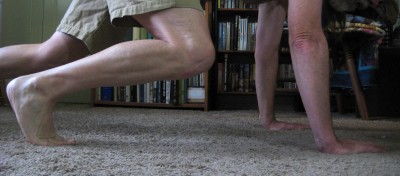 I’ve started working on toe flexibility. My main exercise so far is assuming quadruped position, and then—keeping my weight back on the balls of my feet—sinking my knees toward the ground. When I find the spot where my weight shifts forward onto the toes themselves, I ease off.
I’ve started working on toe flexibility. My main exercise so far is assuming quadruped position, and then—keeping my weight back on the balls of my feet—sinking my knees toward the ground. When I find the spot where my weight shifts forward onto the toes themselves, I ease off.
Along with that, I’m doing other foot mobility exercises: Lifting my toes individually, spreading my toes, relaxing my foot enough that it can conform around objects, etc.
Last summer I did quite a bit of barefoot walking, and was surprised and kind of sad to find that a few decades of wearing shoes seemed to have fused my feet into solid lumps.
Success will be when I can keep my weight back on the balls of my feet and still get into position for things like planks, push-ups, and lunges.
Hanging
Hanging from a bar or a branch is one of the things I got started on last winter, and then got distracted and wasn’t consistent about.
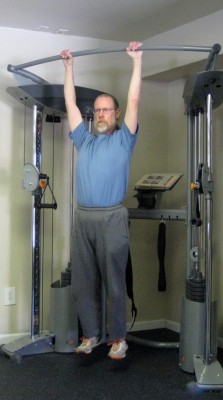 Longer term, I want to be able to do pull-ups, but hanging is the place to start. I had worked up to hanging for 30 seconds last summer, but I did a bit of hanging yesterday and found that about 15 seconds was as long as I could manage. I’m ahead of where I started—a few years ago I wouldn’t have been able to support my weight with my hands; I’d have been afraid to even try, for fear that I’d hurt something. Still, not being able to hang for even 30 seconds is discouraging. (Not to mention life-threatening, if I find myself in an action movie.)
Longer term, I want to be able to do pull-ups, but hanging is the place to start. I had worked up to hanging for 30 seconds last summer, but I did a bit of hanging yesterday and found that about 15 seconds was as long as I could manage. I’m ahead of where I started—a few years ago I wouldn’t have been able to support my weight with my hands; I’d have been afraid to even try, for fear that I’d hurt something. Still, not being able to hang for even 30 seconds is discouraging. (Not to mention life-threatening, if I find myself in an action movie.)
The progression is straightforward: hanging, then negative pull-ups (where you use a step to get up to the top of pull-up position, then lower yourself), then pull-ups. From what I’ve read, once you can do a 10 or 12 negative pull-ups, you can probably do a pull-up. We’ll see.
I don’t have a perfect situation for this: The benches in the fitness room here are too low to get me up to the top of pull-up position. I can probably use one or another of the pieces of playground equipment. I looked yesterday, but the most likely playground had kids playing at it, so I didn’t try.
Being able to do a pull-up is a key capability for various parkour moves, such as wall climbs.
Success will be a single pull-up in good form from a dead hang.
Wall Dip
This is where you put your hands on top of a wall and use them to push yourself up—like a push-up, but with your feet unsupported. I can currently do about one rep of this.
The progression for working up to these is just doing a wall support, where you hold yourself up in the top position.
I don’t know of a good wall for doing this exercise anywhere in Savoy, which seems odd. I wonder if architecture and construction fashions have changed—campus is full of low walls that are prefect for this sort of thing.
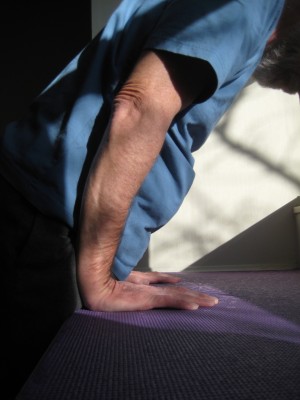 Happily, the edge of the window seat in my study is an adequate support, so there’s a spot to do this that’s literally less than one step away from where I’m sitting as I type this. It’s not a perfect spot, because it’s kind of low, so I have to bend my knees to get my feet off the ground, which means that I can’t use my feet against the wall to help. That’s fine for practice wall supports and wall dips, but it means that I don’t have a good place to transition my practice to more specific parkour skills like wall climbs.
Happily, the edge of the window seat in my study is an adequate support, so there’s a spot to do this that’s literally less than one step away from where I’m sitting as I type this. It’s not a perfect spot, because it’s kind of low, so I have to bend my knees to get my feet off the ground, which means that I can’t use my feet against the wall to help. That’s fine for practice wall supports and wall dips, but it means that I don’t have a good place to transition my practice to more specific parkour skills like wall climbs.
Success will be when I can do a dozen or so wall dips with good form.
So, that’s my winter parkour-prep program. With some consistency, I should come into the spring with enough strength and flexibility to jump right into serious training on parkour-specific moves.
Just for completeness, here’s the article I mentioned at the beginning, with a set of basic exercises for building strength for parkour training. I almost didn’t link to it because I don’t like the title, but it’s really pretty good.

